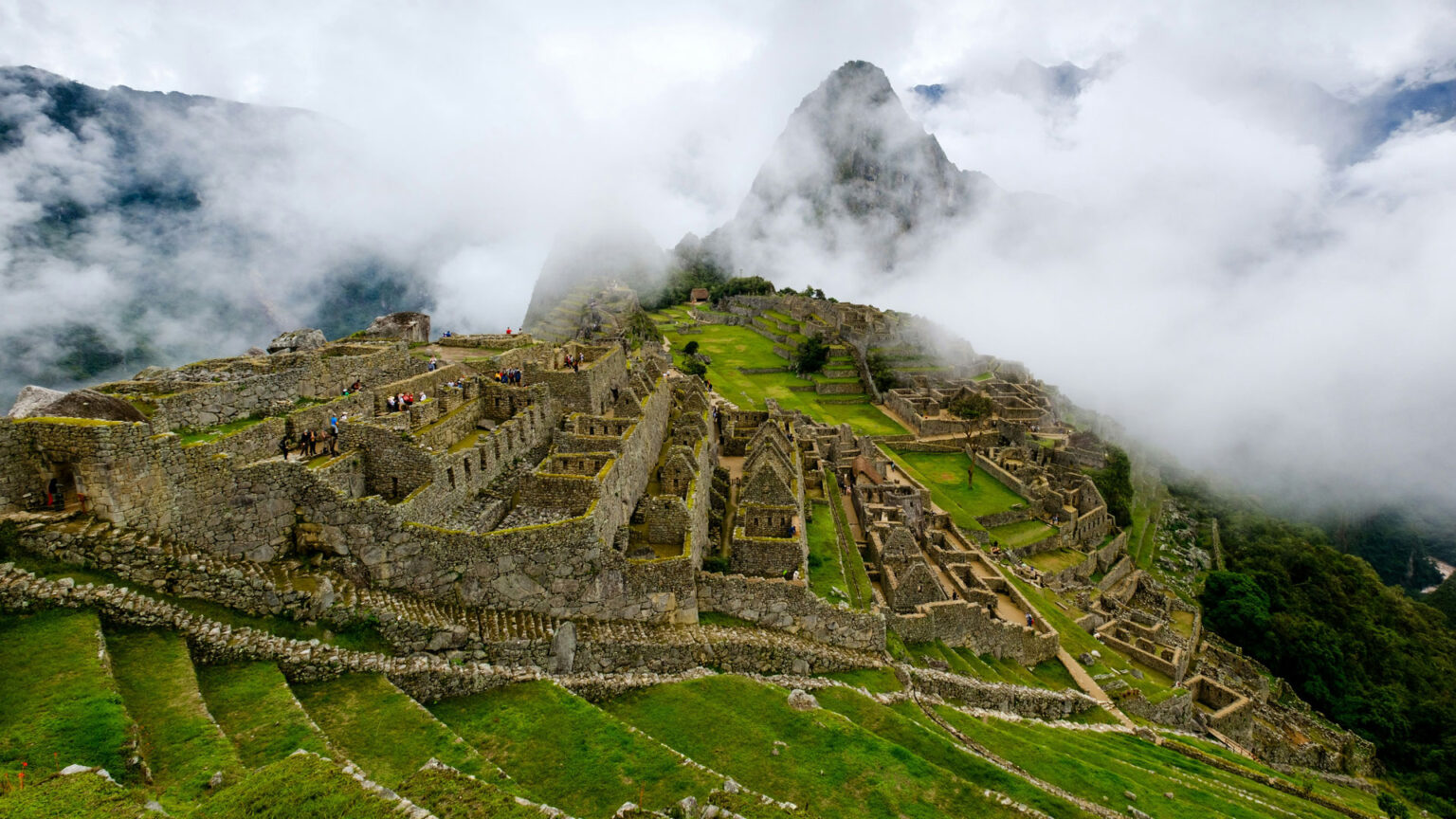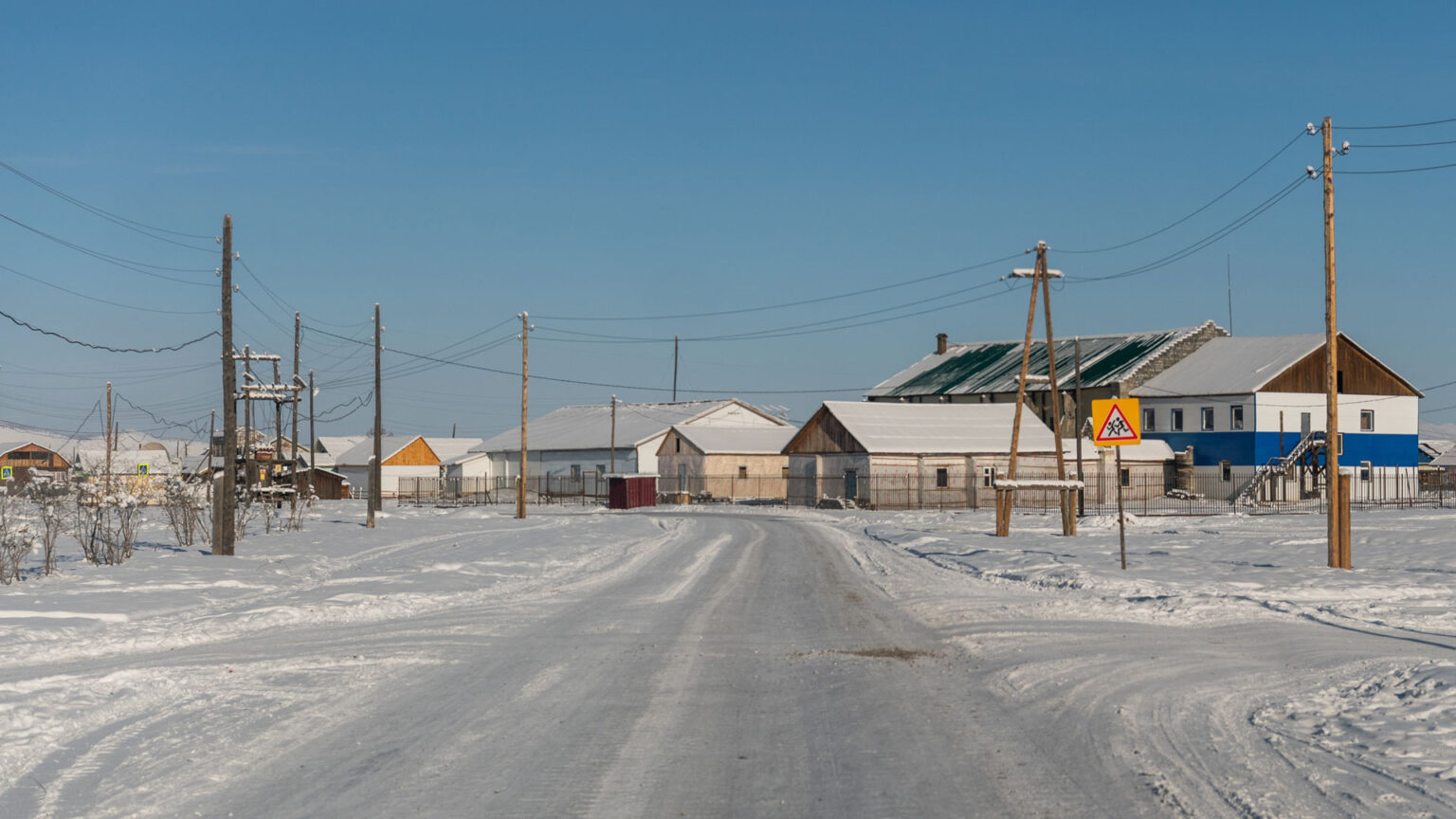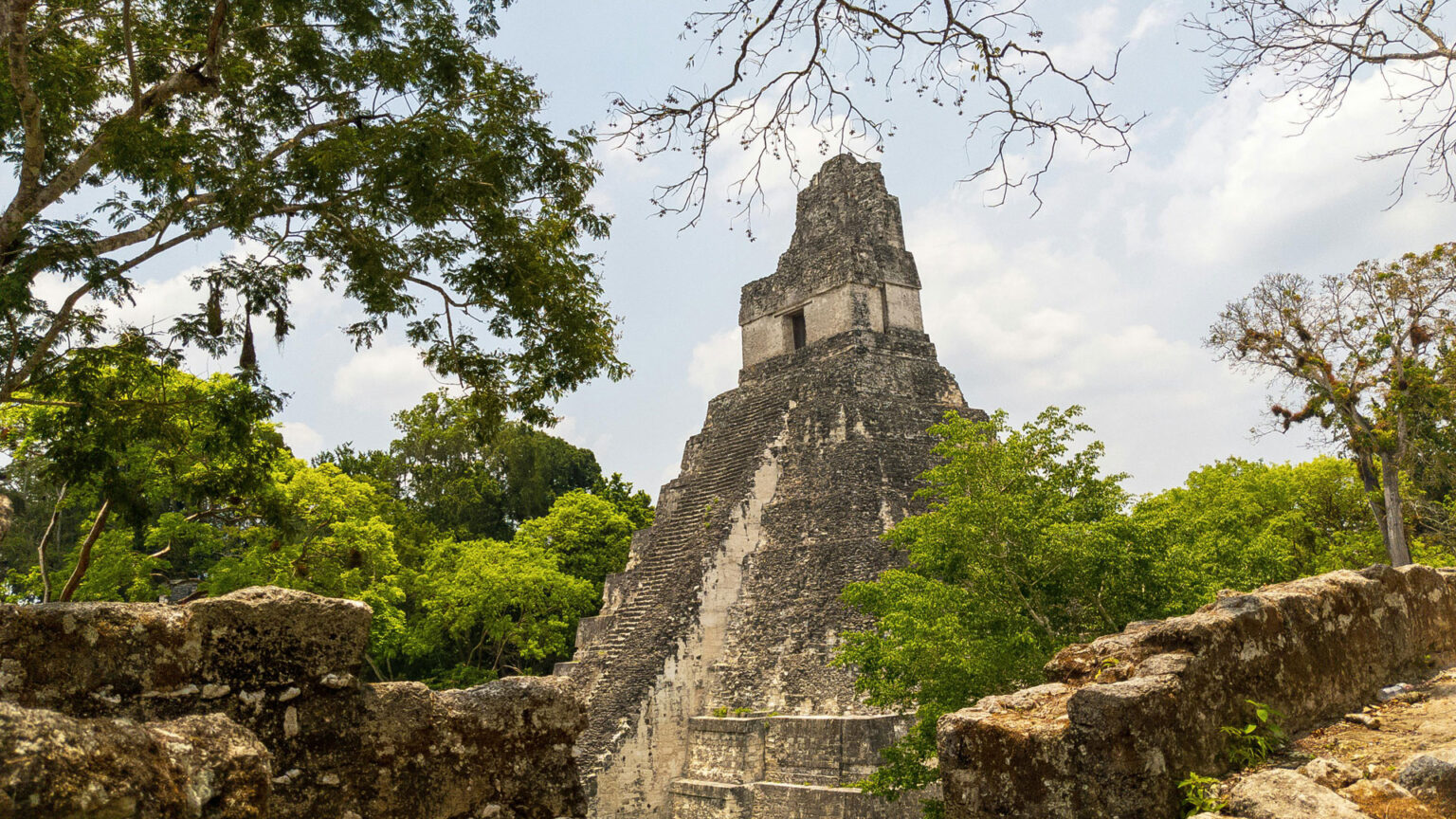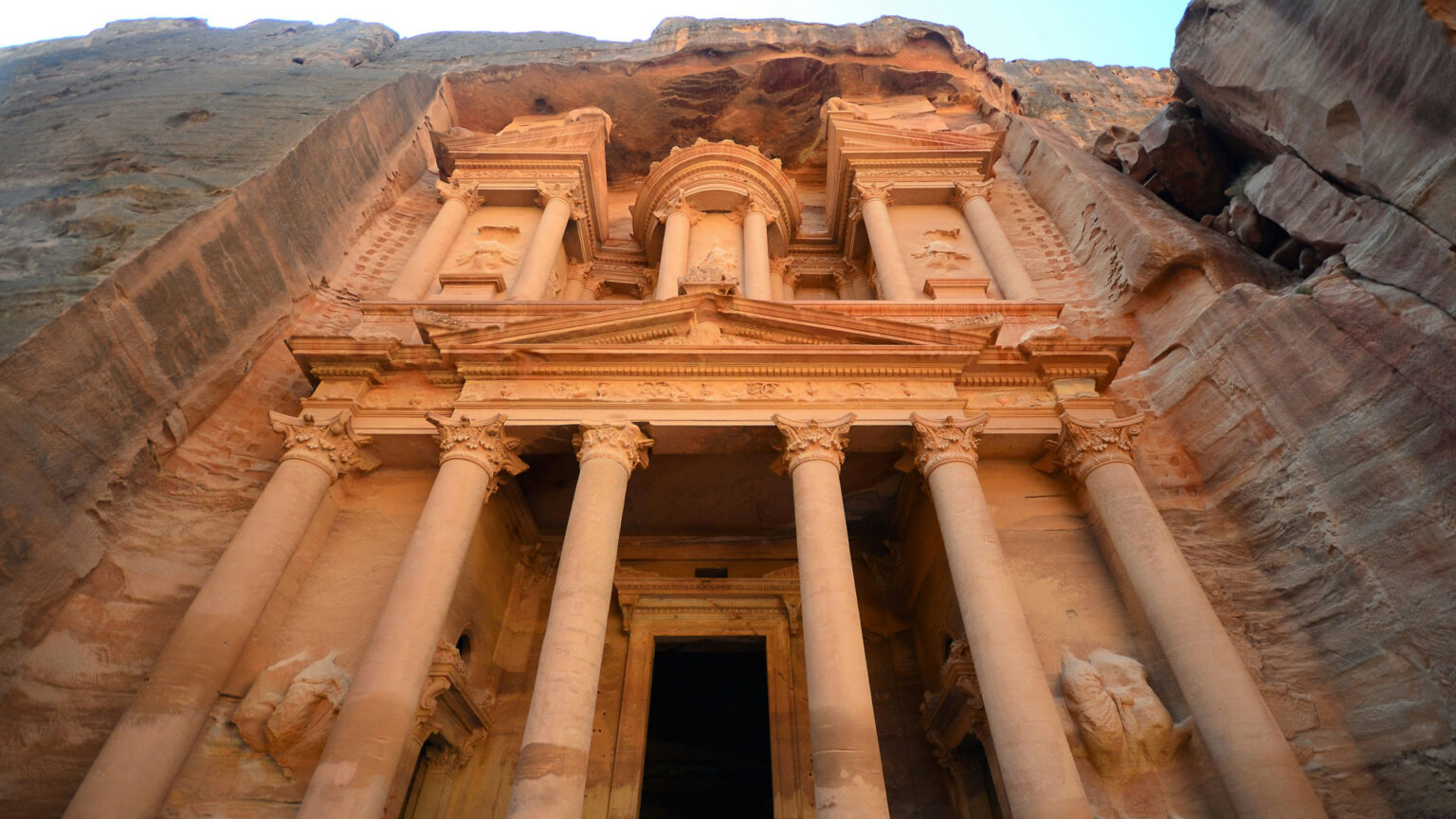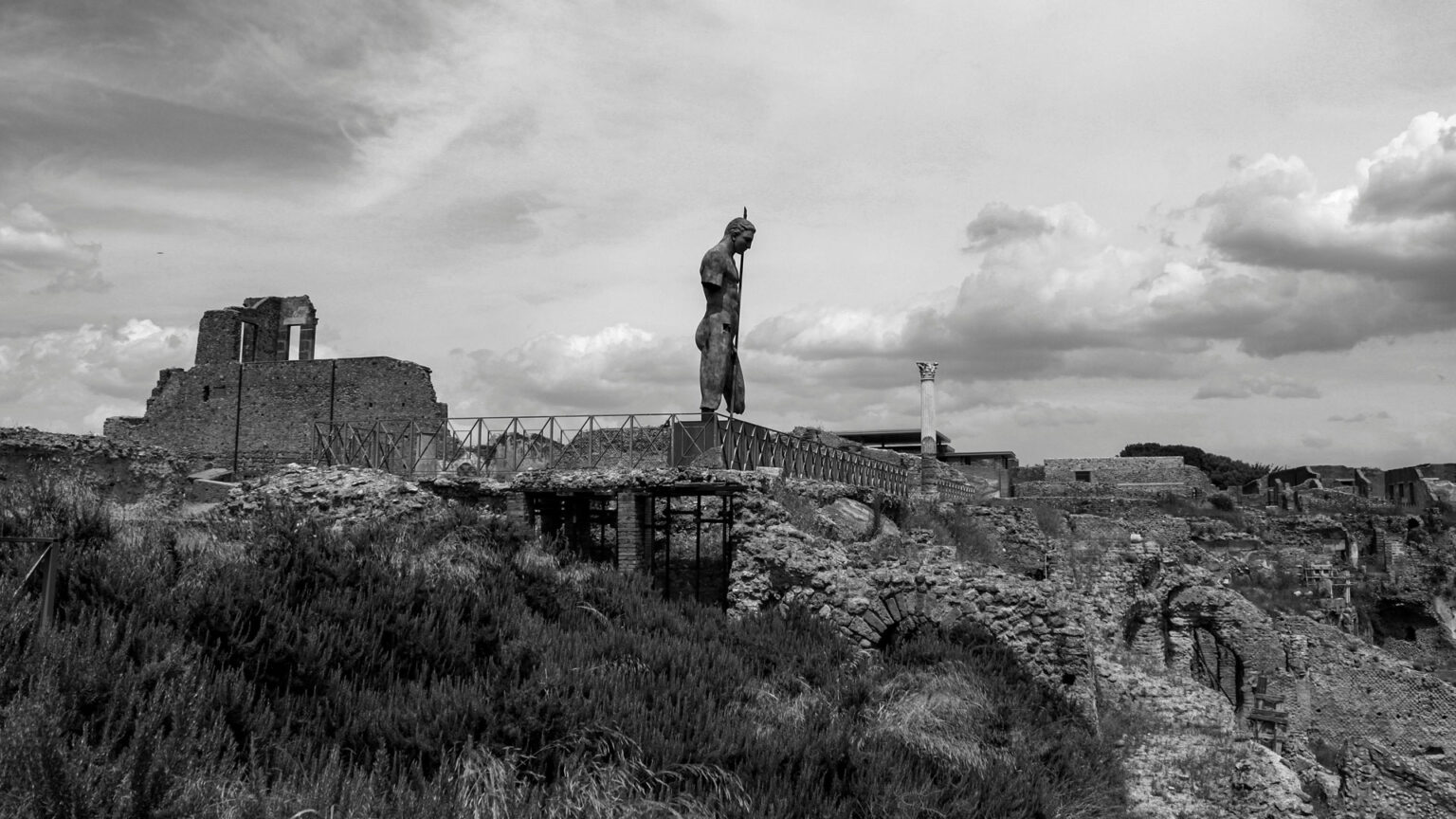Machu Picchu: The Mysterious Citadel of the Incas
The mystical citadel of the Incas, is a place of wonder and awe. Perched on a mountain ridge above the Urubamba Valley, this ancient city is a testament to the ingenuity and craftsmanship of the Inca civilization. With its stunning architecture, breathtaking natural beauty, and rich cultural heritage, Machu Picchu is a destination that inspires and fascinates.
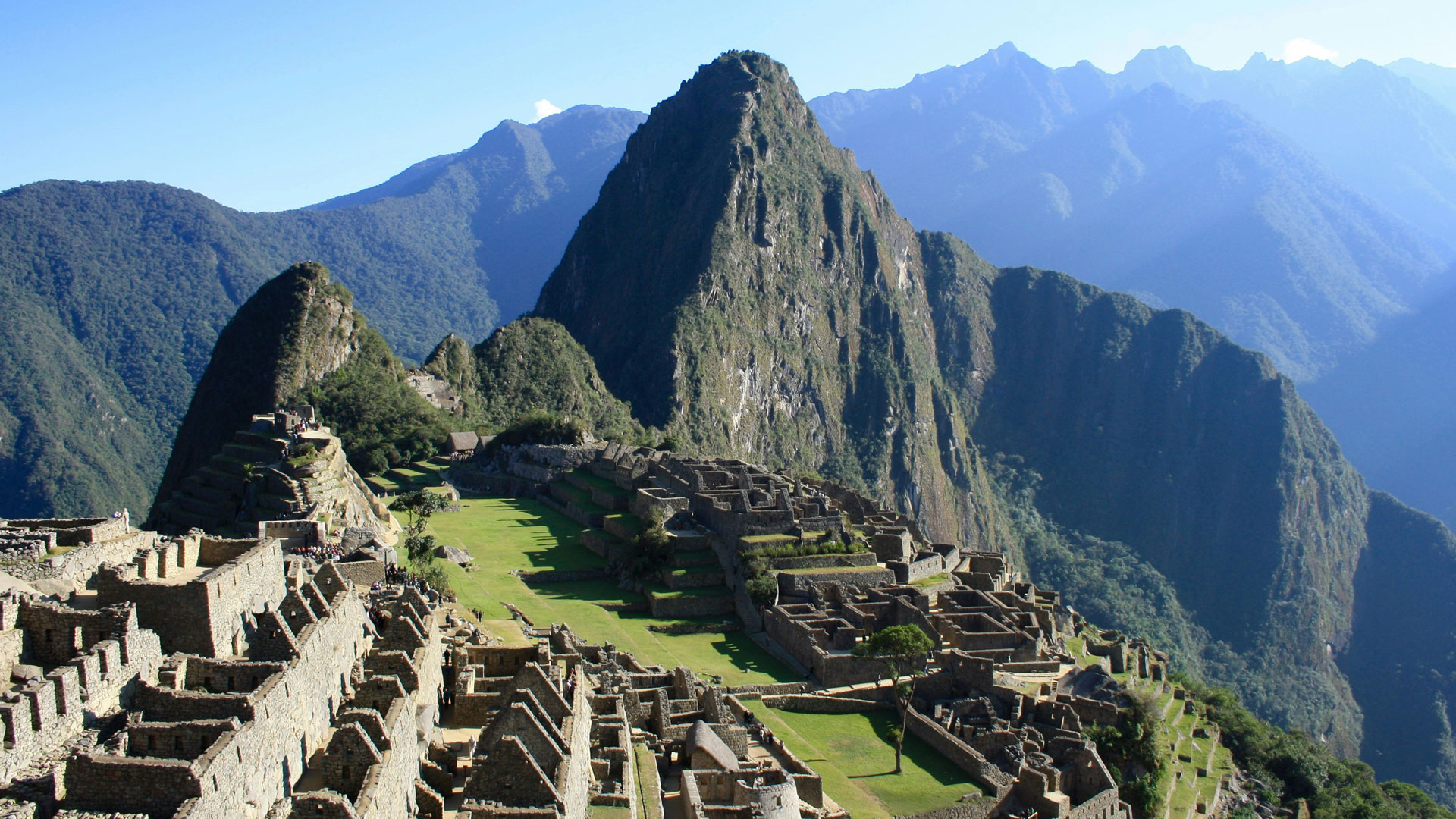
History of Machu Picchu
Unveiling the Secrets of Machu Picchu’s Past
The Inca citadel of Machu Picchu was built in the 15th century during the reign of the Inca emperor Pachacuti. This ancient city was abandoned before the arrival of the Spanish conquistadors and remained hidden for centuries, until its rediscovery in 1911 by American historian and explorer Hiram Bingham. Today, Machu Picchu is a UNESCO World Heritage site and one of the most famous tourist destinations in South America.
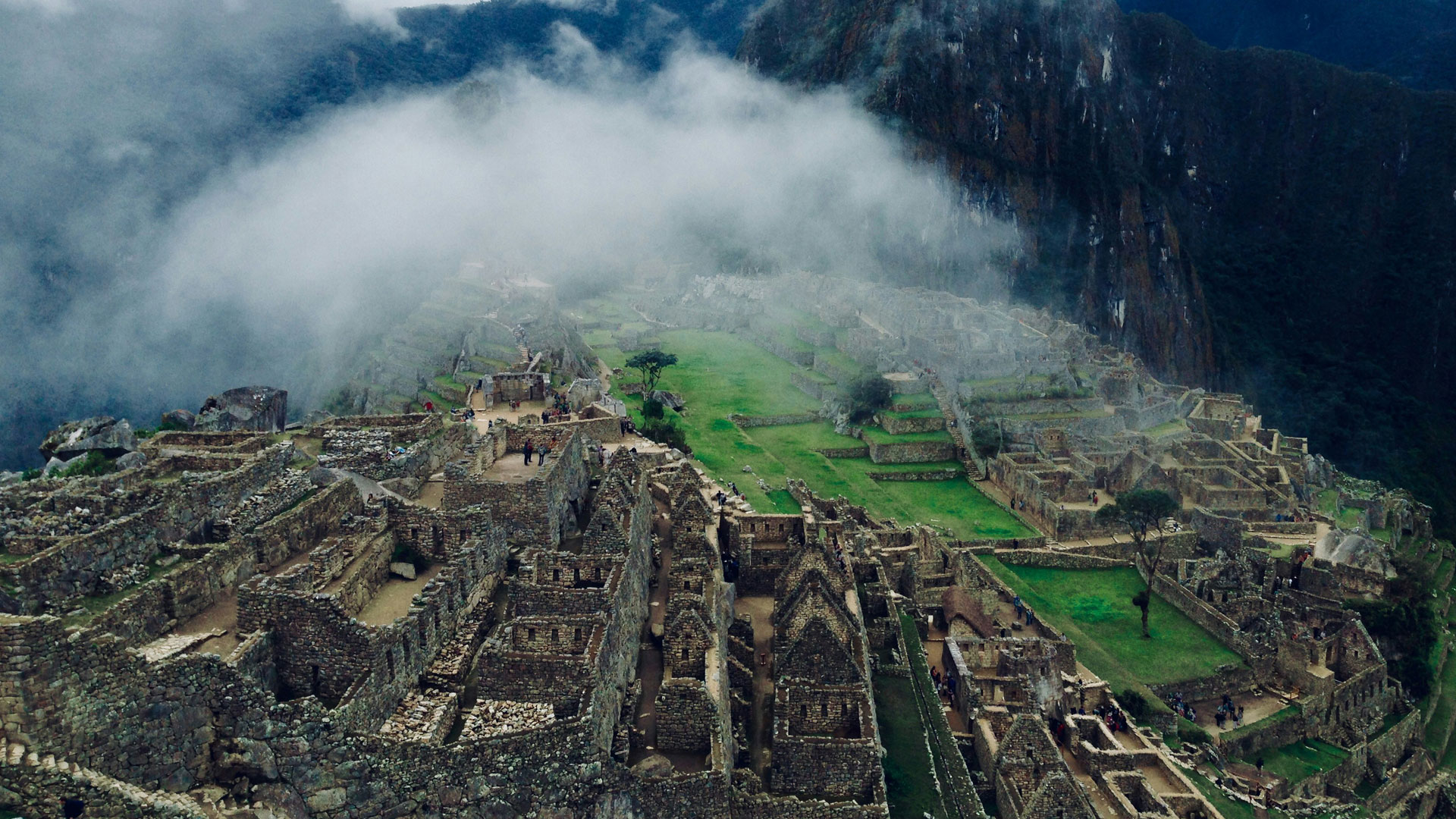
Architecture and Engineering
The Marvels of Machu Picchu’s Architecture
The ancient Inca city’s architectural marvels showcase the ingenuity of its builders. The citadel’s stone structures, crafted from local quarries, reveal the mastery of Inca masonry. Intricate stone carvings and precise fittings exemplify the exceptional craftsmanship of the skilled artisans who shaped this venerable metropolis.
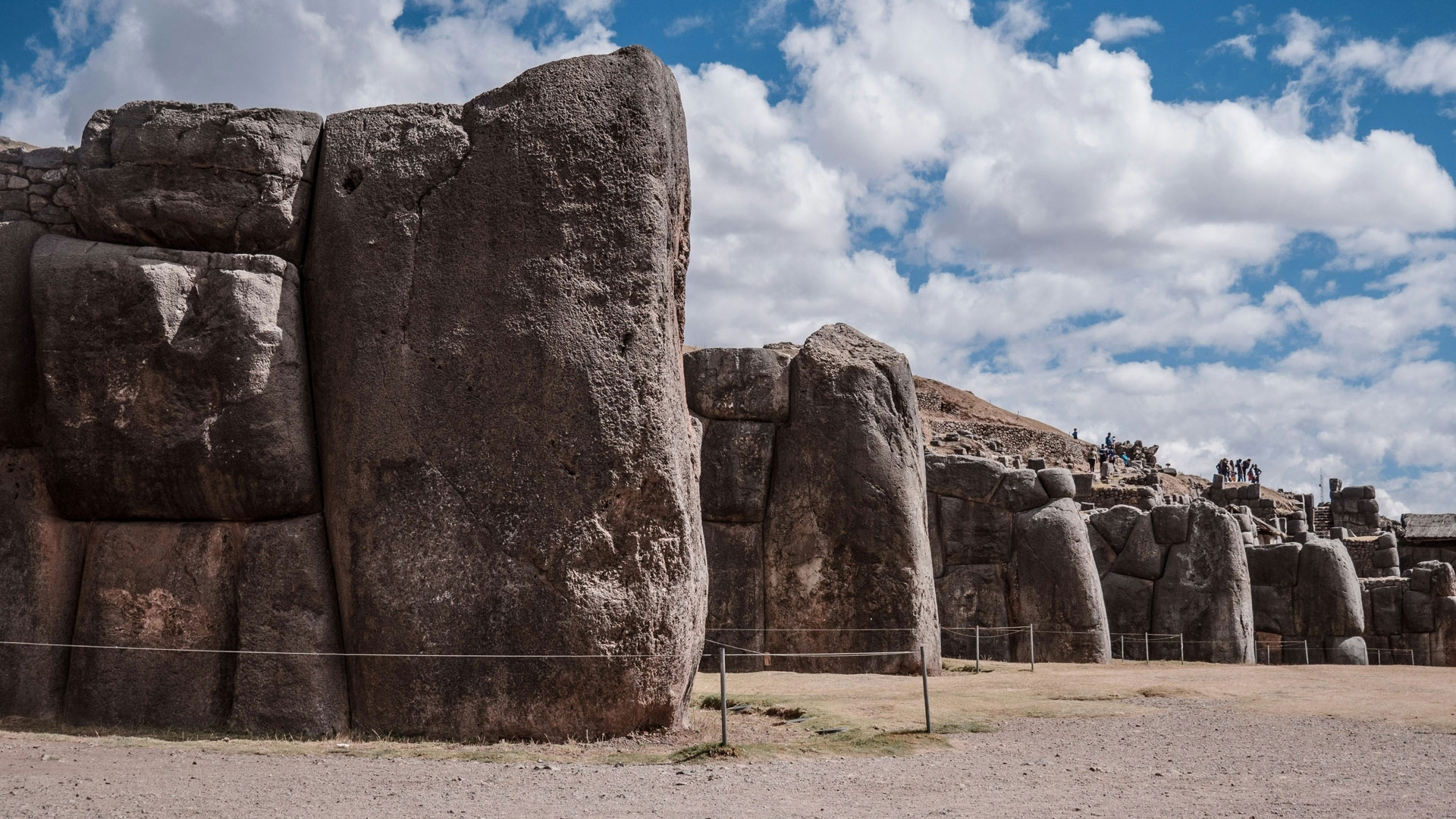
Significance and Legacy
The Lasting Legacy of Machu Picchu
Significance extends far beyond its stunning architecture and breathtaking location. This ancient Inca city has left a lasting legacy, captivating the imagination of people worldwide. Its rich history, cultural importance, and spiritual significance continue to inspire wonder and awe.
As a testament to the ingenuity and craftsmanship of the Inca civilization, Machu Picchu remains an iconic symbol of Peru’s heritage and a source of national pride. The site has also become a cultural phenomenon, attracting millions of visitors and inspiring countless works of art, literature, and music.
Moreover, Machu Picchu’s legacy extends to its impact on modern society. It has become a symbol of ecological conservation, with efforts to preserve the site and its surroundings serving as a model for sustainable tourism. Additionally, the site has played a significant role in the revitalization of indigenous cultures and traditions, promoting cross-cultural understanding and exchange.
In conclusion, Machu Picchu’s significance and legacy are multifaceted and far-reaching, encompassing cultural, historical, spiritual, and ecological dimensions. As a timeless wonder of the world, it continues to inspire and captivate audiences, ensuring its place as an enduring icon of human achievement and creativity.
Visiting Machu Picchu
Planning Your Visit to Machu Picchu
Visitors can reach Machu Picchu by hiking the Inca Trail or taking a train to Aguas Calientes. The site is open year-round, but the best time to visit is during the dry season, from May to September.
Tips for Visiting Machu Picchu
Making the Most of Your Visit to Machu Picchu
- Wear comfortable hiking shoes and layers for changing weather conditions.
- Bring sunscreen, a hat, and water to stay hydrated.
- Respect local regulations and do not litter or touch the ruins.
- Support local communities by purchasing souvenirs and trying local cuisine.
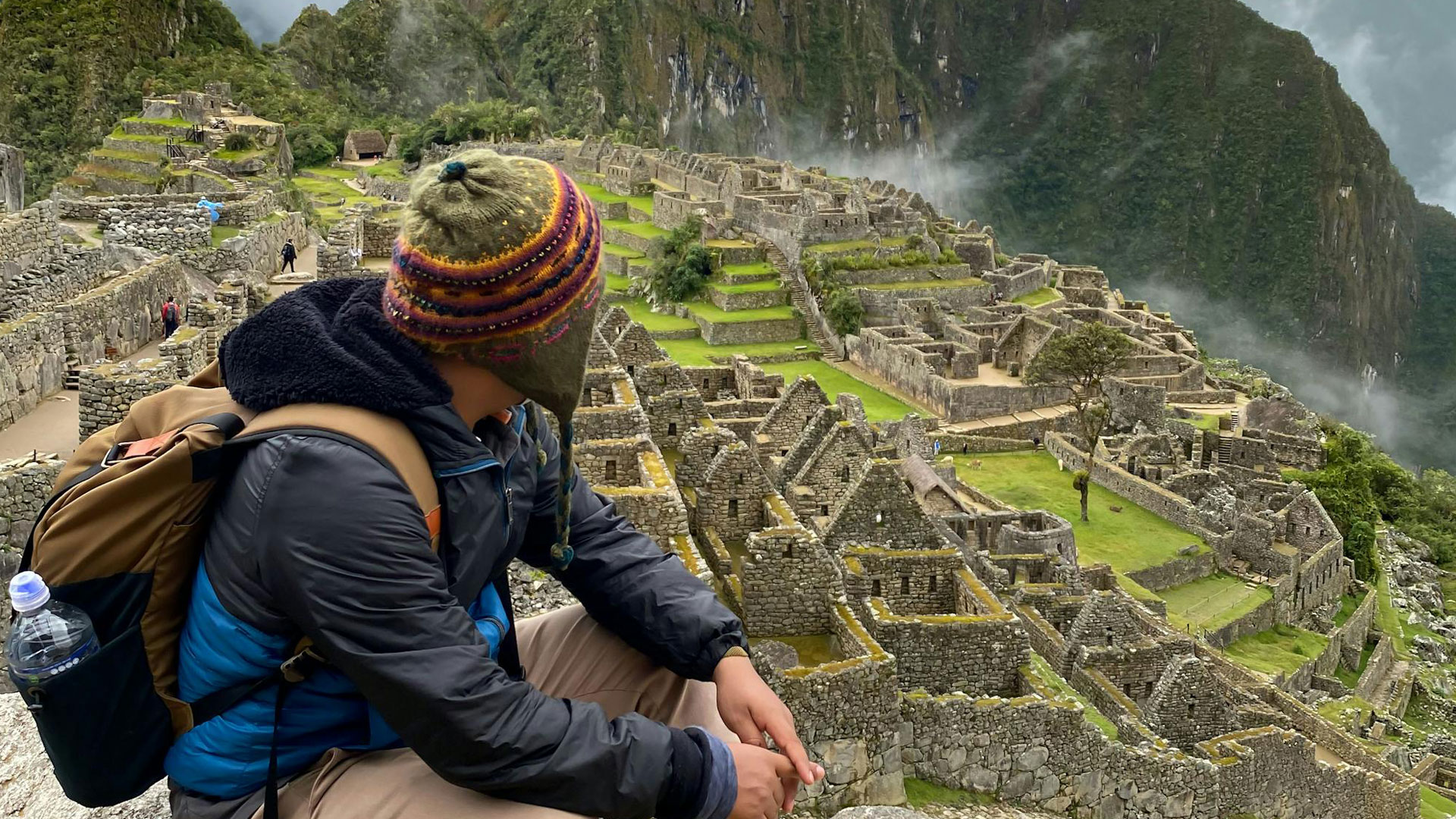
The Mystical Energy of Machu Picchu
Unlocking the Secrets of Machu Picchu’s Mystical Energy
The ancient Inca sanctuary of Machu Picchu is said to emanate a profound spiritual aura, captivating travelers globally. This revered site is deeply sacred to Peru’s indigenous communities, who revere it as a hub of mystical potency and spiritual vitality.

The Intihuatana Stone
Unveiling the Secrets of the Intihuatana Stone
Deep within the mystical citadel of Machu Picchu, lies a mysterious stone structure that has captivated the imagination of archaeologists, astronomers, and spiritual seekers alike. The Intihuatana Stone, meaning “Hitching Post of the Sun” in Quechua, stands as a testament to the ingenuity and wisdom of the ancient Inca civilization. This enigmatic stone, carved with precision and purpose, has been shrouded in mystery for centuries, its true meaning and function waiting to be deciphered.
A Window into the Past
The Intihuatana Stone is more than just a relic of a bygone era; it is a window into the cosmological beliefs, astronomical knowledge, and spiritual practices of the Inca people. As we delve into the secrets of this ancient wonder, we may uncover clues about the Inca’s understanding of the universe, their connection to the natural world, and their place within the grand tapestry of existence.
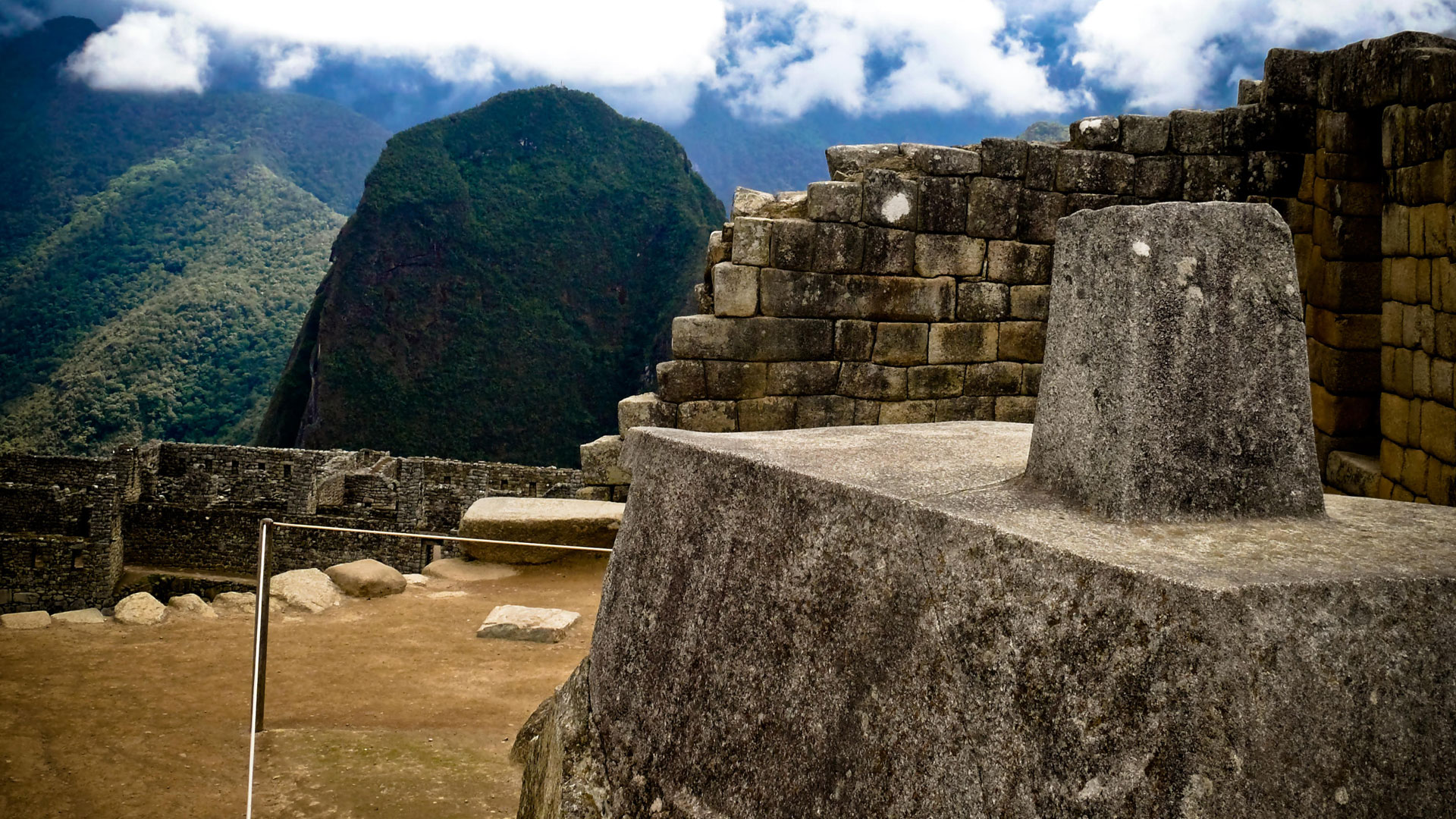
The Temple of the Sun
Exploring the Temple of the Sun
The Temple of the Sun, also known as the Torreón, is a magnificent structure within Machu Picchu, Peru. This ancient Inca temple is dedicated to the worship of the sun god, Inti, and is a testament to the advanced engineering and architectural skills of the Incas. Here’s a comprehensive guide to exploring the Temple of the Sun:
History and Significance
The Temple of the Sun was built during the reign of the Inca emperor Pachacuti (1438-1472) and was used for ceremonial and religious purposes. The temple is aligned with the sun’s path, allowing sunlight to illuminate the interior during the solstices and equinoxes.
Architecture and Design
The Temple of the Sun features:
- Stonework: Exquisite stonework, with precise cuts and fittings, showcasing the Incas’ mastery of stone carving.
- Trapezoidal Windows: Unique windows that filter sunlight, creating a mystical atmosphere.
- Solar Alignments: Precise alignments with the sun’s path, highlighting the Incas’ advanced understanding of astronomy.
Exploring the Temple
- Enter through the Main Door: Admire the intricate stonework and ceremonial entrance.
- Observe the Solar Alignments: Witness the sunlight illuminating the interior during solstices and equinoxes.
- Explore the Inner Chambers: Discover the ceremonial and religious significance of the temple’s inner spaces.
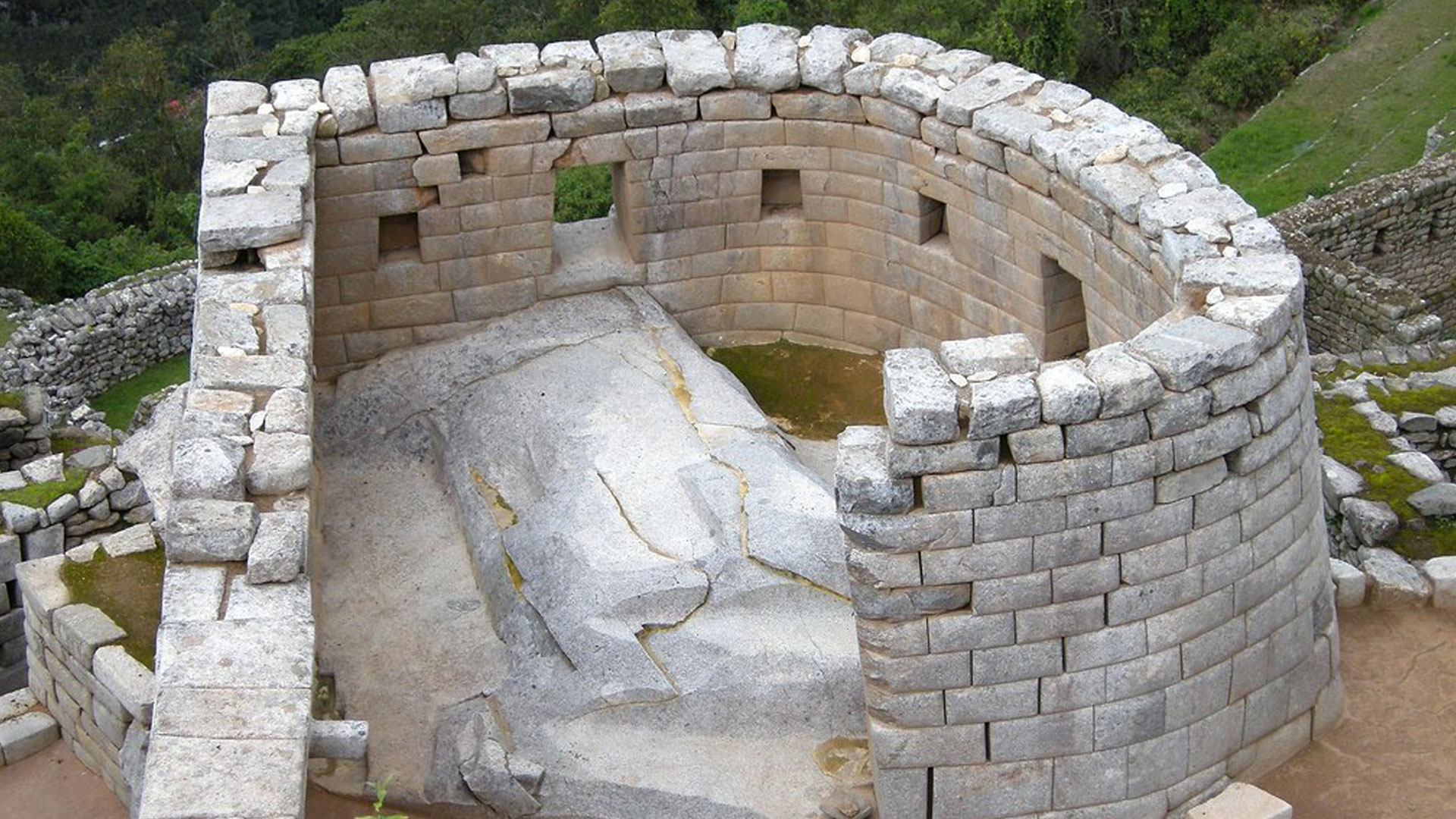
The Andean Landscape
Discovering the Breathtaking Andean Landscape
Deep within the Andean mountain range, the ancient citadel of Machu Picchu is cradled amidst a tapestry of emerald cloud forests and majestic peaks. The region’s natural splendor is awe-inspiring, with the gentle Urubamba River meandering through the valley’s verdant expanse.
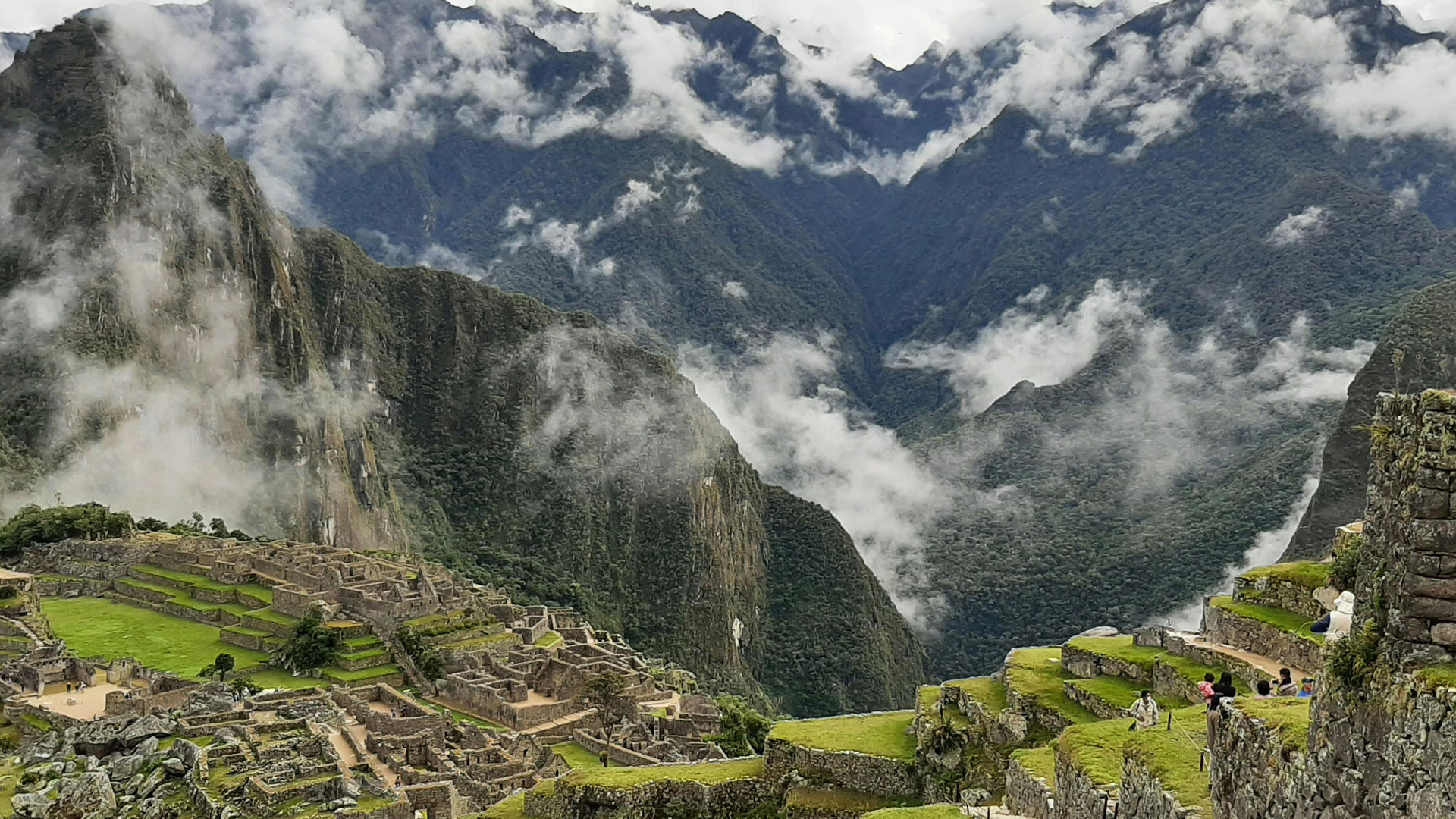
Inca Trail Hike
Embarking on the Inca Trail Hike
The Inca Trail hike is a four-day, three-night journey that follows the original Inca path to Machu Picchu. This challenging hike offers stunning views of the Andean landscape and a unique perspective on the history and culture of the Incas.
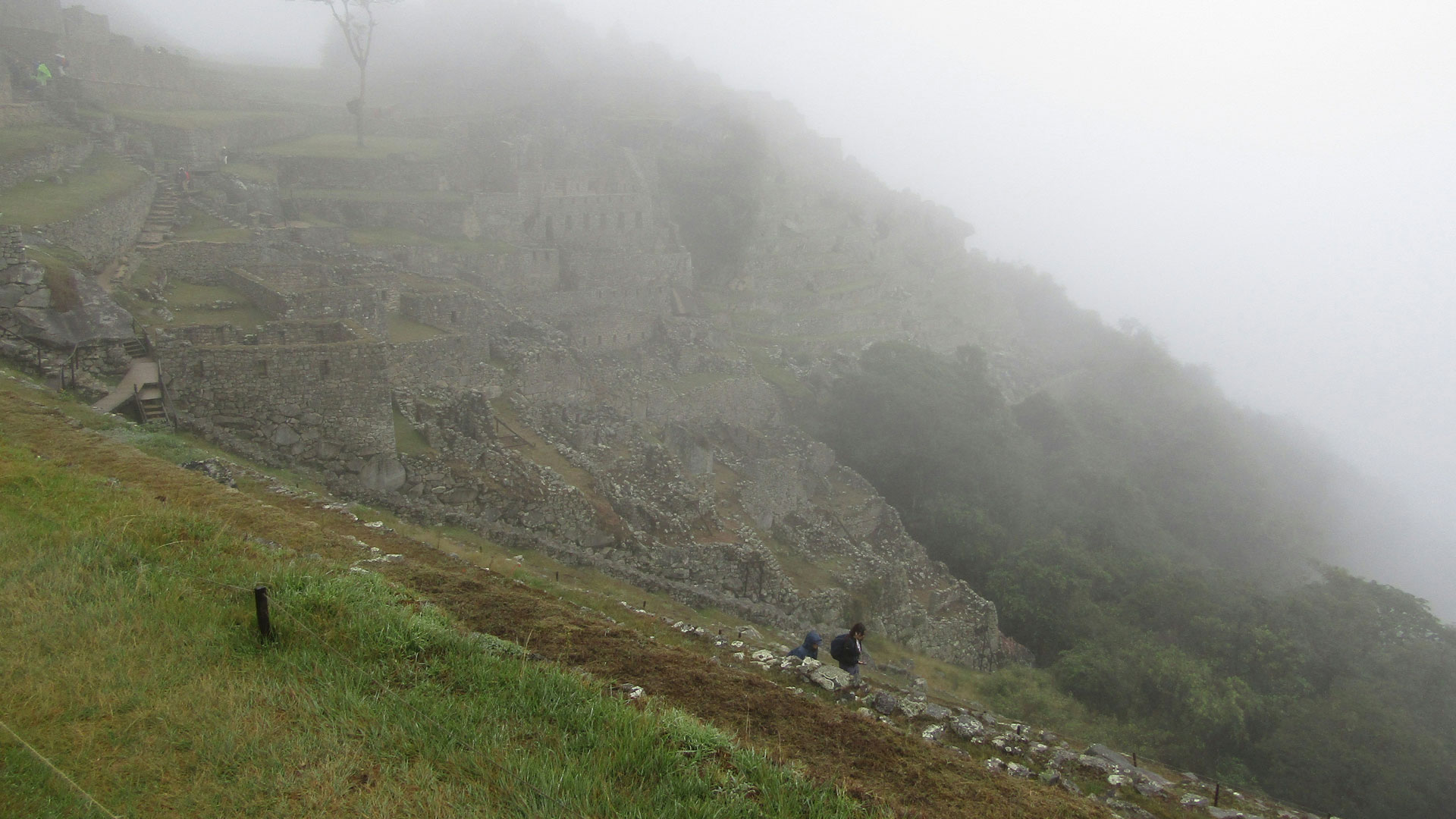
Conservation Efforts
Preserving the Timeless Charm of Machu Picchu
Machu Picchu’s breathtaking beauty and rich history are under our care. Discover the dedicated efforts to protect this ancient wonder:
- Safeguarding the site’s integrity and preventing erosion
- Shielding the Andean ecosystem and its vibrant biodiversity
- Promoting sustainable tourism for a greener future
- Empowering local communities to preserve their heritage
Visiting Machu Picchu Responsibly
Explore Machu Picchu with Heart and Mind
As you step into the majestic world of Machu Picchu, remember to tread lightly and respect this ancient wonder. Here’s how:
- Walk gently on the ruins, preserving the site for future generations
- Respect the local environment, keeping it free of trash and pollution
- Learn about and appreciate the rich history and culture of the Andean people
- Support local communities and their sustainable tourism initiatives
The Inca Bridge
Discover the Ancient Marvel of the Inca Bridge
Hidden deep within the Andes, a testament to ancient ingenuity awaits. The Inca Bridge, a feat of engineering and artistry, once spanned the mighty Urubamba River, connecting the heart of the Inca Empire to the mystical citadel of Machu Picchu. This ancient wonder has captivated explorers and historians for centuries, and now it’s your turn to uncover its secrets.
The Machu Picchu Mountain
Conquering the Machu Picchu Mountain
The Machu Picchu Mountain, also known as Cerro Machu Picchu, offers breathtaking views of the surrounding landscape. Visitors can hike to the summit for a unique perspective on the site.

The Sun Gate
Witnessing the Sunrise at the Sun Gate
The Sun Gate, also known as Inti Punku, is an iconic mountain pass in Machu Picchu, Peru. It’s a must-visit spot for travelers, offering breathtaking views of the Andean landscape and a unique perspective on the sunrise. Here’s a comprehensive guide to witnessing the sunrise at the Sun Gate:
History and Significance
The Sun Gate was an important entrance to Machu Picchu during the Inca era. It was used as a control point for travelers and traders, and its strategic location allowed the Incas to monitor the movement of people and goods. Today, the Sun Gate is a symbol of Machu Picchu’s rich history and cultural significance.
The Sunrise Experience
Witnessing the sunrise at the Sun Gate is a truly unforgettable experience. As the sun rises over the Andean mountains, the sky transforms into a kaleidoscope of colors, casting a warm glow over the landscape. The misty clouds surrounding Machu Picchu slowly clear, revealing the majestic citadel in all its glory.
Tips and Recommendations
- Arrive Early: Reach the Sun Gate by 5:30 am to secure a good spot and witness the sunrise.
- Dress Warmly: Bring warm clothing, as it can get chilly in the early morning hours.
- Bring Snacks and Water: Pack some snacks and water to keep you energized throughout the experience.
- Respect the Environment: Follow all rules and regulations to protect the fragile ecosystem.
- Be Prepared: Wear comfortable shoes and bring a flashlight or headlamp for the early morning hike.
Hiking to the Sun Gate
The hike to the Sun Gate is approximately 1-2 hours, depending on your pace. The trail is moderately difficult, with some steep inclines and uneven terrain. Make sure to bring plenty of water and snacks to keep you energized throughout the hike.
The Inca Terraces
Exploring the Ancient Inca Terraces
The Inca Terraces, also known as the Andenes, are a testament to the advanced agricultural practices of the Incas. These terraces were used to cultivate crops in the challenging Andean terrain.
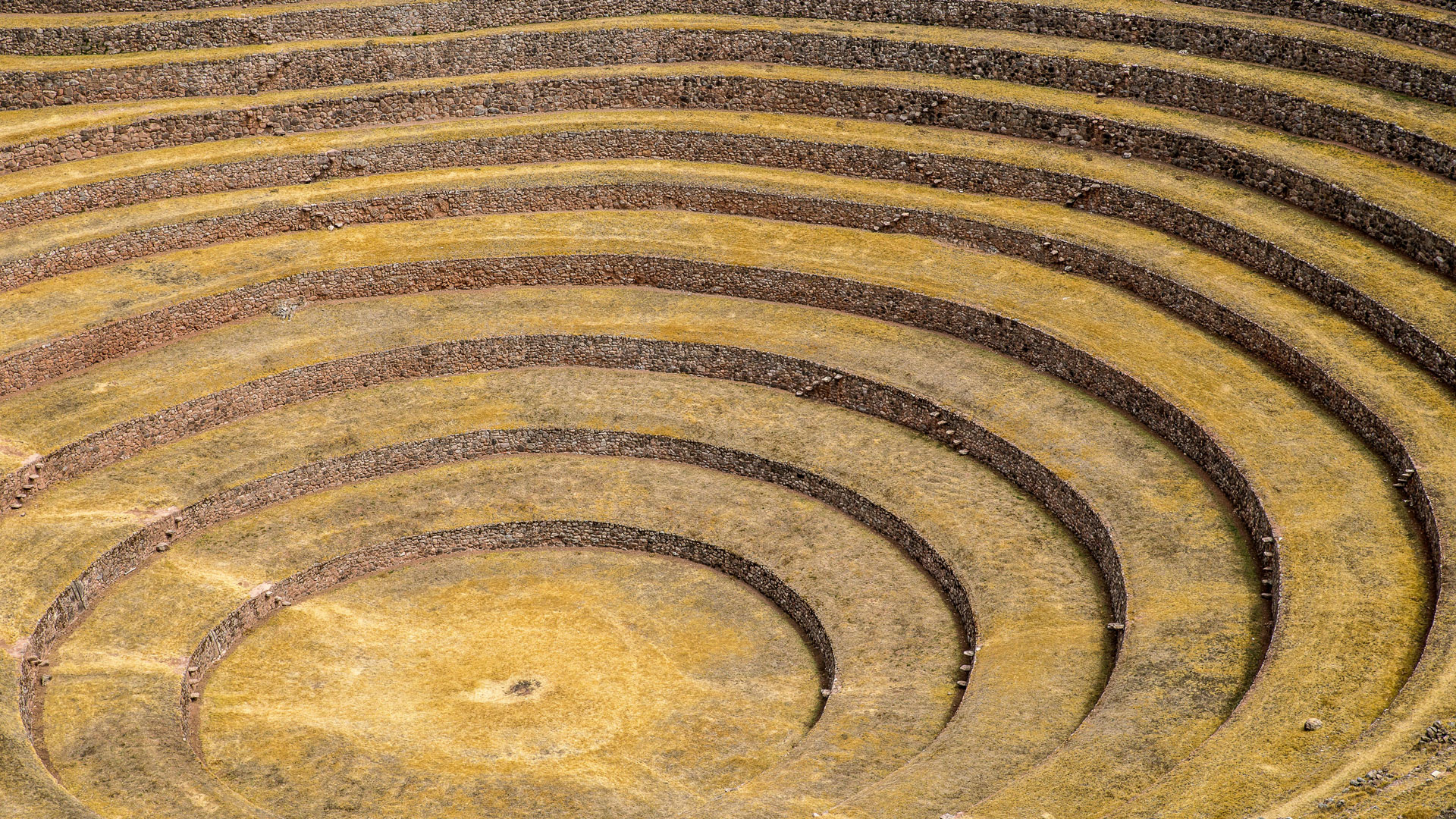
The Machu Picchu Museum
Unveiling the Secrets of the Machu Picchu Museum
The Machu Picchu Museum, also known as the Museo de Sitio Manuel Chávez Ballón, was established in 1985 to preserve and showcase the artifacts found during the excavation of Machu Picchu. The museum is dedicated to the memory of Manuel Chávez Ballón, a renowned Peruvian archaeologist who played a crucial role in the discovery and excavation of Machu Picchu.
Exhibits and Collections
The museum features an impressive collection of artifacts, including:
- Inca Stonework: Exhibits showcasing the advanced stonework and engineering skills of the Incas.
- Ceramics and Pottery: A vast collection of ceramics and pottery that reveal the artistic and cultural practices of the Incas.
- Textiles and Clothing: Intricately woven textiles and clothing that demonstrate the Incas’ expertise in fiber arts.
- Metalwork and Jewelry: Exhibits featuring gold, silver, and copper artifacts that highlight the Incas’ mastery of metalwork.
- Skeletal Remains: A collection of skeletal remains that provide insights into the lives and burial practices of the Incas.
Additional Exhibits
The museum also features exhibits on:
- The History of Machu Picchu: A comprehensive overview of the discovery, excavation, and restoration of Machu Picchu.
- Inca Agriculture: Exhibits showcasing the advanced agricultural practices of the Incas.
- The Andean Landscape: Displays highlighting the unique flora and fauna of the Andean region.
Tips and Recommendations
- Plan Your Visit: Allow at least 2-3 hours to explore the museum.
- Guided Tours: Consider booking a guided tour to gain a deeper understanding of the exhibits.
- Photography: Photography is allowed, but be respectful of the artifacts and exhibits.

